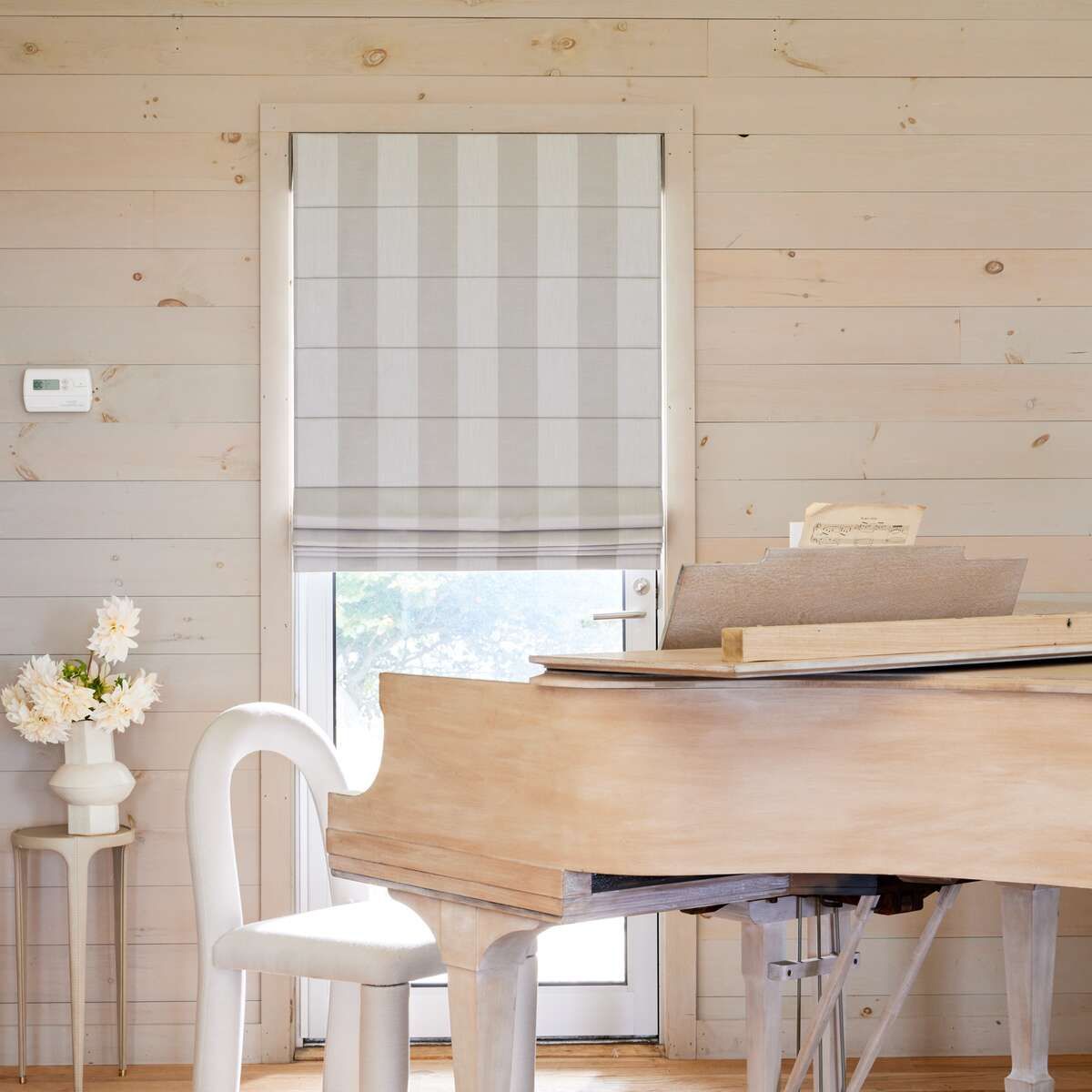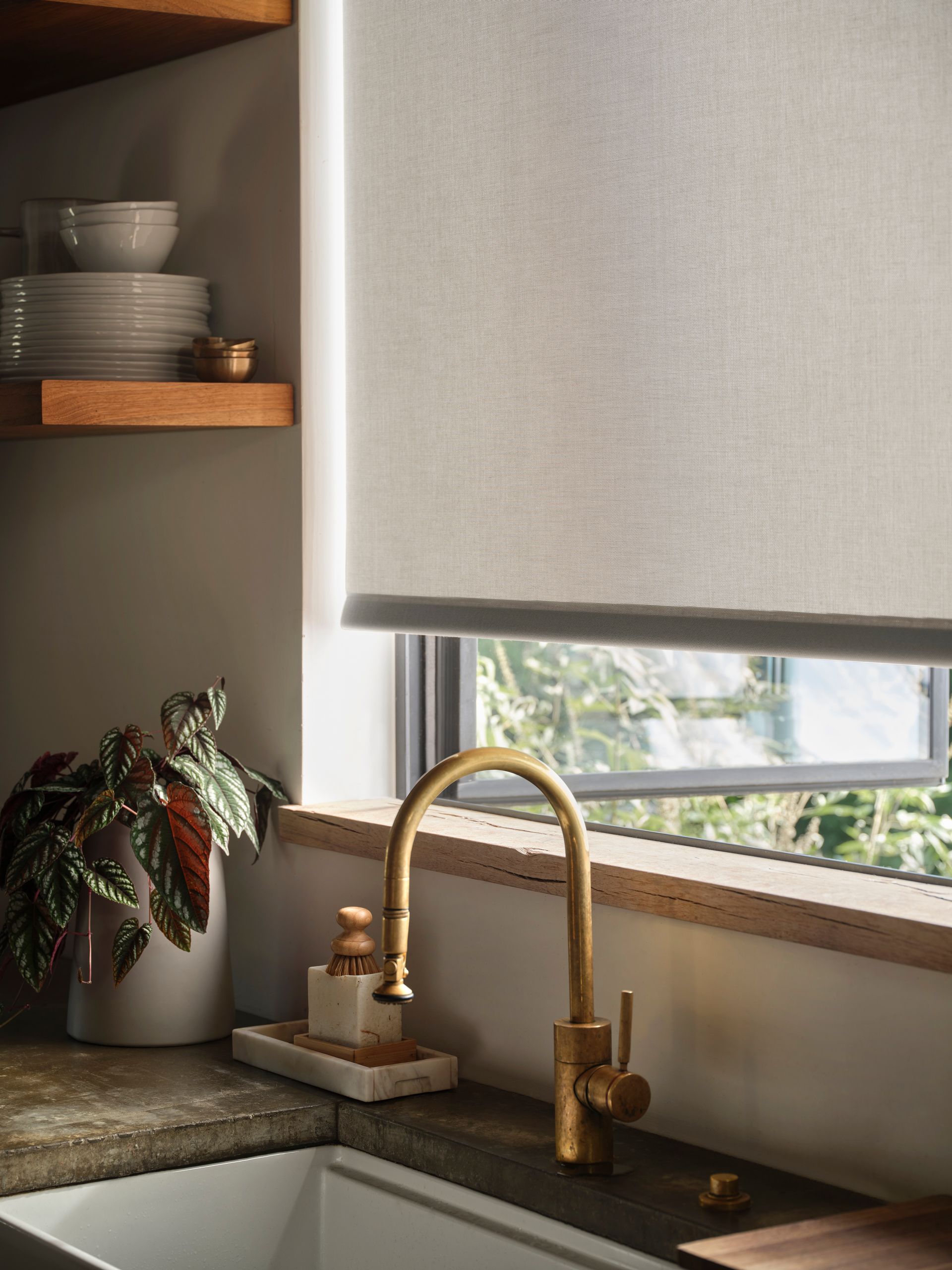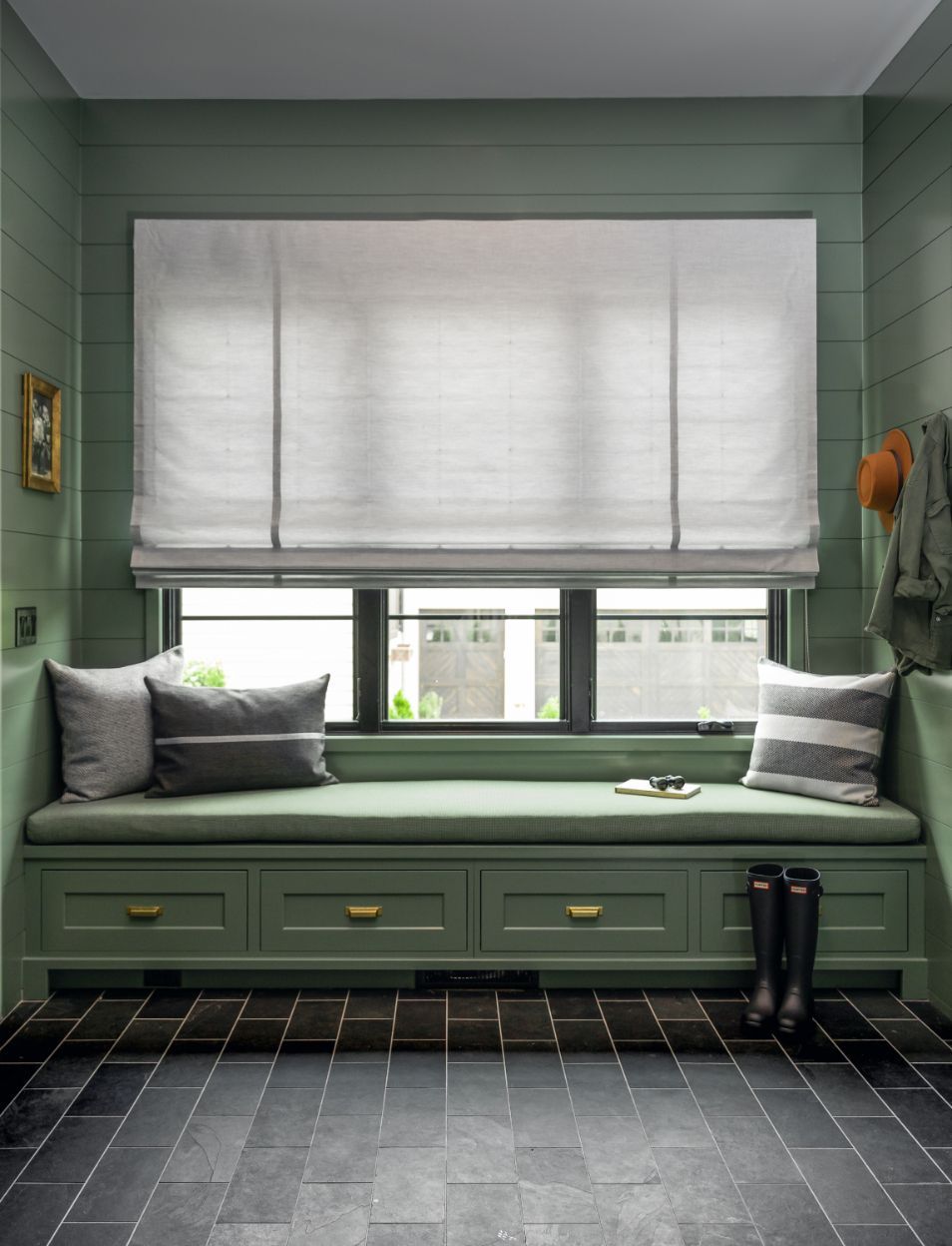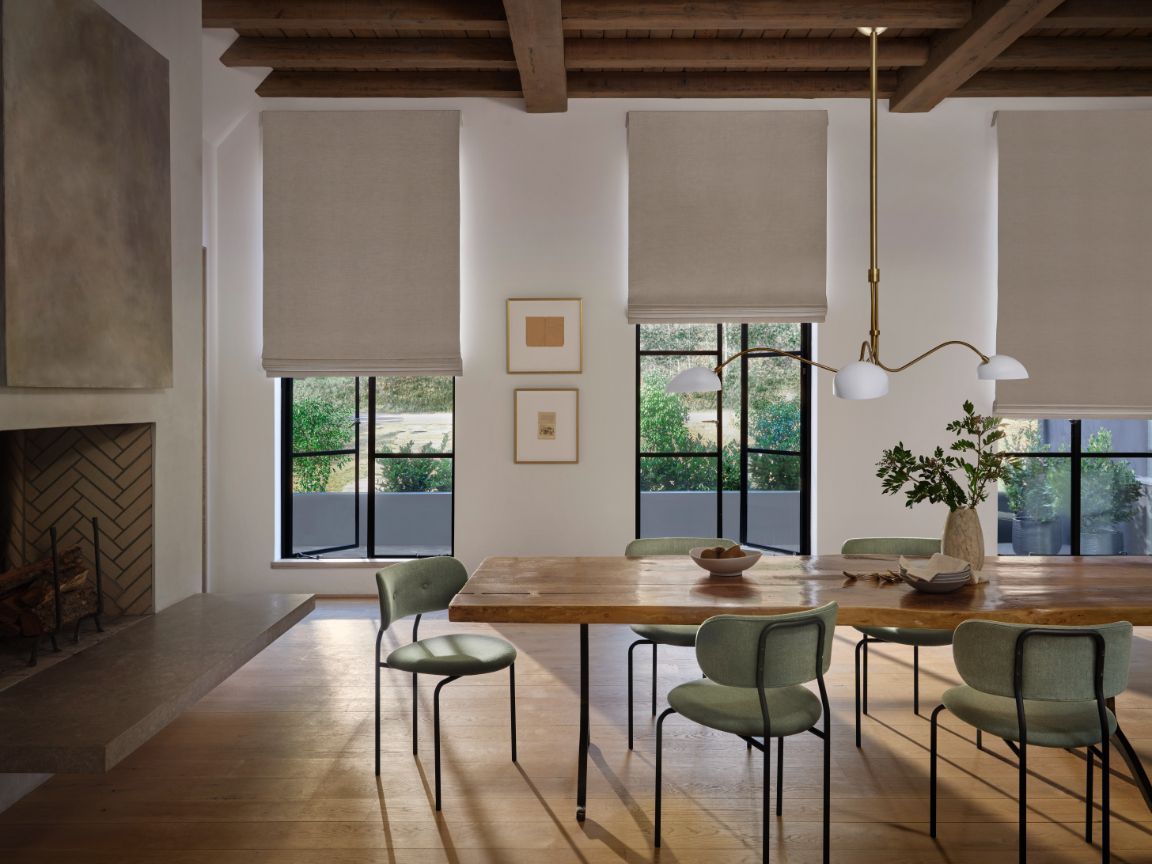Is Sunbrella Fabric Completely Waterproof?
TLDR;
Sunbrella fabric is not completely waterproof—standard versions are water-resistant and can handle light to moderate rain. However, specialized lines like Sunbrella Rain and Sunbrella SeaMark are engineered to be fully waterproof, as we explore in this Sunbrella fabric review focused on real-world performance.
Waterproof vs. Water-Resistant – What’s the Difference?

Sunbrella fabric is water-resistant—not waterproof—unless it's a specialty version like Sunbrella Rain or SeaMark.
Understanding this starts with the core definitions:
- Waterproof fabrics completely block water from passing through, even under pressure or prolonged exposure.
- Water-resistant fabrics repel water to a degree but can still allow moisture to seep through, especially if exposed long enough or under standing water.
Water-resistant = temporary defense
Waterproof = full protection
For outdoor fabric buyers, this difference matters. If you’re furnishing a covered patio, water-resistant might be enough. For uncovered or marine settings, you’ll need true waterproofing.
What Is Sunbrella Fabric Made Of?

Sunbrella’s base material is solution-dyed acrylic, a synthetic fiber known for exceptional performance in harsh conditions.
Key features of Sunbrella fabric:
- Solution-dyed: Color is locked into the fiber itself, not just coated. This means UV resistance and colorfastness.
- Breathable: Allows air circulation, which reduces mold and mildew growth.
- Durable: Resistant to fading, mold, and mildew—even in coastal or tropical environments.
- Hydrophobic coating: Standard Sunbrella has a durable water-repellent (DWR) finish that helps water bead and roll off.
While the fabric structure resists water, it's still
porous enough for moisture to seep through under prolonged exposure—unless enhanced, which brings us to specialized lines.
Standard Sunbrella vs. Specialized Waterproof Sunbrella Lines

Standard Sunbrella is water-resistant, but some enhanced versions are engineered for full waterproofing.
Sunbrella Rain – Waterproof by Design
- Has a
laminated backing that blocks water entirely.
- Still breathable to an extent, but lacks the same softness as regular Sunbrella.
- Requires
seam sealing during fabrication to maintain waterproof performance.
- Ideal for: Exposed outdoor cushions, restaurant patios, luxury pool loungers.
Sunbrella SeaMark – Marine-Grade Waterproofing
- Combines
Sunbrella acrylic top with a
vinyl undercoating.
- Built for
marine and awning applications—handles ocean spray, storms, and sun exposure.
- Strong UV resistance and water impermeability.
- Ideal for: Boat upholstery, marine covers, awnings.
These specialized lines offer true waterproofing but may come with trade-offs in
breathability or
texture.
Can Sunbrella Fabric Withstand Rain and Storms?

Yes—for light to moderate rain. No—for prolonged exposure without enhancement.
Here’s what to expect from standard Sunbrella:
- Light Rain: Beads and runs off, especially if recently treated with a DWR spray.
- Heavy Rain: May start to soak through if exposure lasts hours.
- Standing Water: Will eventually penetrate—Sunbrella isn’t fully sealed.
For
stormy or unpredictable weather, using
Sunbrella Rain or SeaMark is highly recommended.
How to Make Sunbrella Fabric More Waterproof

Even standard Sunbrella can be improved with the right treatments.
Steps to improve water repellency:
- Clean the fabric first
- Use mild soap and water
- Allow to dry fully before treatment
- Apply a high-quality waterproofing spray
- Recommended:
303 Fabric Guard,
Star Brite Waterproofing
- Restore water repellency lost due to wear or weather
- Reapply as needed
- Every 6–12 months depending on exposure
- Especially after heavy cleaning or power washing
Tips:
- Spray outdoors or in a well-ventilated area
- Let it dry for 6–12 hours before using
This method
won’t make the fabric 100% waterproof, but it will drastically
improve performance in wet conditions.
Sunbrella Fabric Use Cases and Real-World Scenarios

Sunbrella’s versatility makes it a go-to for many wet or high-moisture environments—but with the right expectations.
Coastal and Marine Use
- Boaters often rely on
SeaMark for vinyl-backed protection
- Interior cushions use
Sunbrella Rain to stay dry, even during storms
- Longtime use on yachts proves Sunbrella’s durability in salt-heavy air
Residential Patios
- Regular Sunbrella works great under umbrellas or pergolas
- For open decks, opt for
Rain to avoid sponge-like cushions
RVs and Camping
- Easy to clean and mildew-resistant
- Water-resistant enough for quick pop-up use, but not for sustained exposure
Anecdote from a client at Simply Windows:
“One homeowner in Seattle swapped out their regular outdoor cushions for Sunbrella Rain. It made a massive difference—no more dragging cushions inside every time it drizzled.”
How Does Sunbrella Compare to Other Outdoor Fabrics?
| Fabric | Waterproof? | UV Resistant | Mildew Resistant | Maintenance |
|---|---|---|---|---|
| Sunbrella | Water-resistant | Yes | Yes | Low |
| Sunbrella Rain | Waterproof | Yes | Yes | Low |
| SeaMark | Waterproof | Yes | Yes | Low |
| Olefin | Partially resistant | Yes | Yes | Low |
| Polyester | Partially resistant | No | No | Medium |
Verdict:
- Sunbrella = Most balanced for colorfastness, mildew resistance, and long-term performance.
- Rain and SeaMark = True waterproof options, ideal for exposed or marine settings.
- Olefin = Cheaper, but fades faster.
- Polyester = Needs more maintenance and isn’t UV stable.
FAQs About Sunbrella’s Waterproof Capabilities
Does Sunbrella need to be covered during rain?
If it’s standard Sunbrella, it’s best to cover or bring indoors after prolonged rain. Sunbrella Rain can stay out.
How long does the water-resistance last?
Typically 2–3 years without retreatment, depending on sun exposure. Use 303 Fabric Guard to refresh performance.
Can I use Sunbrella indoors?
Yes—its fade resistance, durability, and mildew resistance make it great for kitchens, dining rooms, and sunrooms.
Will sewing holes affect waterproofing?
Yes. With Sunbrella Rain, seam sealing is required to maintain a waterproof barrier. Otherwise, water can enter through stitch holes.
Does mold grow on Sunbrella?
The fabric itself resists mold and mildew, but dirt and organic matter can still grow mold—keep it clean.
Is Sunbrella Worth It for Wet Weather Use?
If you’re furnishing an area exposed to regular rain, Sunbrella Rain or SeaMark are worth the upgrade. They cost more but offer:
- Full waterproof protection
- Less need to store cushions
- Longer product life
For partial exposure or covered patios, standard Sunbrella with proper care and treatment might be enough.
At Simply Windows, we often recommend a layered approach:
- Use standard Sunbrella for shaded furniture with covers
- Choose Sunbrella Rain for full-sun or uncovered areas
- Maintain all Sunbrella fabrics with regular cleaning and reproofing

